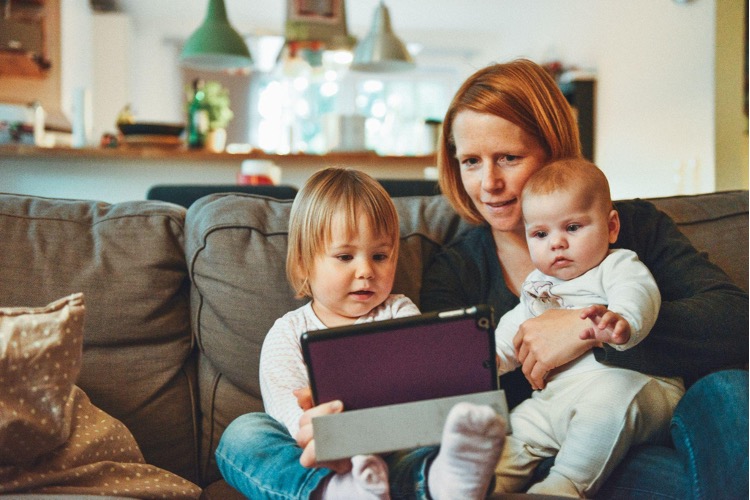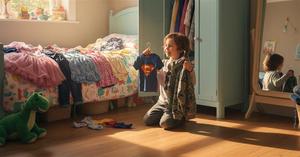When the COVID-19 pandemic first hit two years ago, it forced many schools to shut down and re-assess their learning techniques and strategies for long-term education if the pandemic continued. While this was a significant strain on K-12 educators and the public school system, it also caused tremendous stress on early childhood educators and daycare workers. As well, the longevity of this pandemic has forced early learning institutions like ours to re-think teaching strategies and implement new methods of education. As a result, early childhood educators have had to find ways to continue to foster learning – sometimes, even in the absence of physical classrooms and centres.
Virtual Learning
Before the pandemic, technology changed how early childhood educators designed their programming. The use of technology has become an essential life skill for older adults, so incorporating it into early childhood can be a positive way of helping a child to learn and develop in today’s age. However, the pandemic pushed early childhood educators to entirely re-imagine their technology use in programming. Before, incorporating technology into the curriculum was a by-choice feature, at the discretion of educators. Suddenly, technology became the only way of engaging with children and their families, so it became as much a part of the curriculum as learning itself.
Many teachers across the globe rose to this challenge and learned how to use new teaching tools and have successfully incorporated these tools into their learning plans. Educators are implementing new ideas and innovative solutions into their curricula while studying new tools as they go along. They have embraced technological solutions like Google Classroom, Microsoft Teams, and of course, Zoom. These tools enable them to communicate with students and share assignments more quickly than email or text messages. Online learning systems dedicated to children have begun being used much more widely, such as ABC Mouse or BEGiN. Many teachers are still incorporating technology features in their classrooms to best prepare the children for what is to come in the future of their education, as many secondary and post-secondary institutions are set up for a long haul of online learning.
Learning & Play
As early childhood educators, we are always discussing the importance of combining play with learning in the classroom. Play has become even more vital to learning now because it is one of the best ways for children to process what they are feeling and experiencing during this difficult time. If children are too overwhelmed with not being able to see their friends at a centre anymore or have to get used to seeing them but in a separated, pandemic-safe way, then they are not going to be able to learn effectively or enjoy their time at home as much as they could be otherwise. That’s when play comes in handy.
Our curriculum emphasizes sensory play and dramatic play to give children a well-rounded learning experience. Sensory play engages children’s senses by encouraging them to get messy and experiment with different materials. This type of play is easily adapted to the current situation, as kids are encouraged to go outside and play with materials around them. We can use the safety that comes from outdoor programming to our advantage, as kids can explore sensory and imagination-focused environments such as ponds, forests, or even “dinosaur digs.” The dramatic play has also been updated and enhanced through the pandemic. Dramatic play is all about engaging the children in their creativity, helping them to design their own sets, props, and plays. Through the pandemic, programming updates enabled virtual engagement with the children and encouraged them to use their imagination and artistic skills to write and draw sets and stories. In addition, it has caused inspiration for the children’s make-believe skits and given the children ample opportunities to grow in their literacy skills.

The pandemic has been difficult on everyone working in education; those working in policy or on boards, the teachers on the ground, and many more. But, while it has been difficult, it has also encouraged us to innovate, especially in early childhood education. Introducing children to innovative ways of learning while they are young will have lasting effects on their adaptability and overall retention over time. The dedication shown by educators and the resilience demonstrated by students is inspiring. It proves that no matter where we are or what is going on in the world, education will rise to the occasion.








Be the first one to comment on this story.